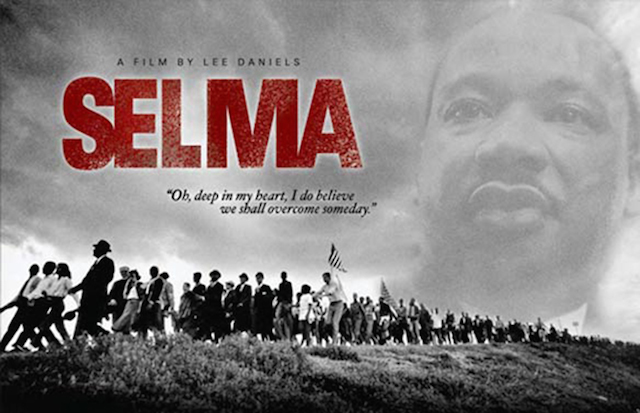“It was the day before Passover, and our Division Chaplain, of the 42nd Rainbow Division sent out a notice that we were going to have Passover Services. I got two other Jewish GIs and went, joining about 100 other GIs, and to my amazement out came dozens of Jewish civilians who had been in hiding and were crying with joy. For the first time in a few years to be free to have Passover, it really touched me and made me feel I was very sad and yet happy that we were helping. Fellow Jewish GIs back at our base continued to celebrate our own Passover with some Kosher Salami and Matzos that my wife Sophie sent to me the day before Passover started. Plus very delicious French wine I had learned to acquire.”

This was the story that Isaac S. Morhaime, would tell every Passover. He did not need to live Passover “as though” he had come out of Egypt. He had seen liberation with his own eyes. 70 years ago, as part of the 42nd Rainbow Division, Morhaime had helped to liberateDachau outside of Munich just a month after the celebration of that modest but poignant Seder.
“Going on we pushed ahead and finally got to Munich. A beautiful city but half bombed out. While I was up front with the infantry, we moved ahead and liberated the Dachau Concentration Camp. I was right up front as we rushed the gates. Just then we saw a Kraut on an open boxcar firing his rifle into the railcar, and we all opened fire and shot him. I jumped up and with my little camera took pictures of the prisoners. Most were dead, and the few still alive were mostly skin and bones in the boxcars. Meanwhile in the prison, there were a lot of various people: some American Soldiers, some Air Force, a lot of captured civilian Jews, a few French – all half starved. The following day I went and took more pictures of the prison camp. There were the cremating ovens, there was a 7-foot wall that the prisoners would scale to try to escape, and on the other side about a dozen Great Dane dogs were set loose to kill the Jewish prisoners. There were various other sickening things and tortures.”
Morhaime was an American Jew of Turkish ancestry. His parents, like so many Greek/Turkish Jews were in the fish business. Their grocery and fish shop in Seattle did well and in 1942, Ike, as he was known, married Sophie, a Greek Jew, who he had known from childhood. Ike, who had joined the National Guard in high school, was already active army in 1942 and the wedding took place on a three-day pass. Still stateside in 1943, baby Stan was born but when Ike shipped out in January of 1945 Sophie was left on her own to care for the baby. After the war, Ike returned to Seattle, where he was very involved in theSephardic Bikur Holim congregation where he had been raised and where he and Sophie would raise Stan and later Sue Ann.
Ike passed away in 2011 and was buried just hours before the family Seder. The Morhaime family committed to carrying on Ike’s tradition of telling the stories of WWII. So that evening, as Ike’s son Stan tells it, still grieving they gathered to celebrate Passover and commemorate the ancient Exodus and the life of their beloved Ike who had played a part in the modern Exodus. This story telling, according to Stan, is a tradition they continue to this day.
More about Isaac, Ike, Morhaime can be read here. Thank you to Stan Morhaime and Michael Natkin for their help with this piece.







